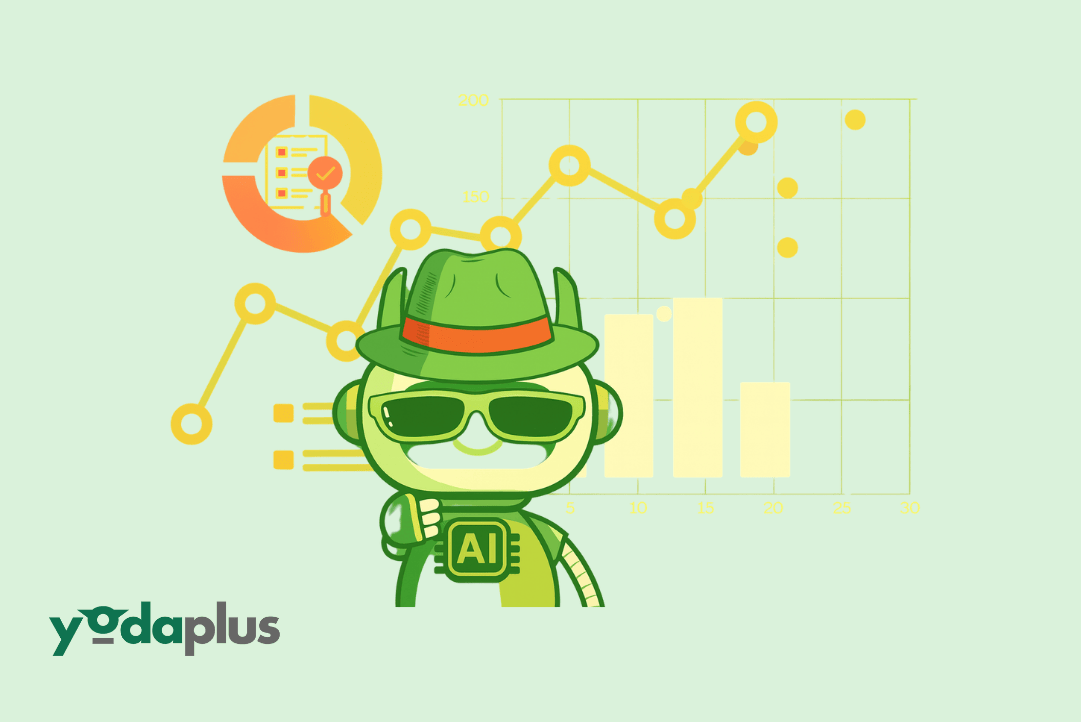
Guide to Building Self-Improving Autonomous Agents
August 4, 2025 By Yodaplus
In the world of Artificial Intelligence, there is growing interest in systems that do more than follow rules. Businesses and developers are now working on self-improving AI agents that can learn continuously and improve their performance over time. These systems are becoming the foundation of smarter, more flexible automation.
This idea is closely tied to Agentic AI, a new class of systems that can make decisions, adapt to change, and improve without being reprogrammed. These agents are not just tools. They are active parts of the system, observing, learning, and acting in real time. They are built on models like LLMs (Large Language Models) and are often supported by machine learning, NLP, and data mining techniques.
What Is Continual Learning?
Continual learning means that an AI agent can keep learning after it is deployed. Unlike traditional systems that are trained once and stay static, these agents improve over time by learning from new data, outcomes, and feedback.
In autonomous systems or workflow agents, continual learning helps the AI stay useful in changing environments. These agents can refine their actions and strategies as they experience new situations.
This is an important part of the agentic framework that supports autonomous agents, intelligent agents, and multi-agent systems.
Why It Matters in Agentic AI
Agentic AI is a step beyond static AI models. It includes agents that can operate with a goal, manage memory, and communicate with other systems or agents. With continual learning, these agents can evolve.
Here’s how continual learning helps:
- Adaptability: Agents can react better to new inputs, new formats, or changing data sources.
- Efficiency: They improve over time and reduce errors.
- Scalability: Self-improving agents need less manual retraining and can scale across use cases.
AI agents that use continual learning can support complex AI workflows and decision-making in industries such as logistics, finance, customer support, and research.
How Continual Learning Works in Practice
In an agentic system, continual learning is not just about updating a model. It includes various functions like memory, context management, and feedback processing. One of the latest tools that support this is the MCP (Model Context Protocol). MCP allows agents to remember past actions, role changes, and goals across sessions.
Here’s a simple structure:
- Experience Collection: The agent gathers information from its interactions.
- Feedback Loop: Outcomes are measured and linked to agent actions.
- Update Step: The learning algorithm uses the feedback to adjust the agent’s behavior.
- Role Re-alignment: In systems like Crew AI, agents can change tasks based on new insights.
With this design, autonomous AI agents can learn while operating. They do not need to stop or be reset.
Real Use Cases of Self-Improving AI Agents
Self-improving agents have already found space in real-world AI applications:
- Customer Support: Virtual agents improve their responses based on customer tone and history using NLP and generative AI.
- Finance: Agents monitor transactions and adapt fraud detection rules using data mining.
- Retail: Personalized recommendation engines adjust based on customer behavior using machine learning.
- Enterprise Workflows: Agents handle repetitive tasks like approvals or summaries and improve based on user edits.
As more industries adopt AI technology, the demand for agents that can learn and evolve continues to grow.
Challenges in Building Continual Learning Agents
Even though the concept is powerful, building a self-improving agent comes with challenges:
- Avoiding Forgetting: New learning should not erase past knowledge.
- Managing Noise: Not all feedback is useful. Systems must know what to learn.
- Monitoring Bias: Continuous learning may also amplify bias if not managed well.
- Context Limits: Even advanced models like LLMs have limits on how much context they can hold.
The solution lies in smart design—mixing AI workflows, MCP memory, and agent roles with safety checks and evaluation metrics.
How Yodaplus AI Solutions Help
At Yodaplus, we work on Artificial Intelligence solutions designed for real-world adaptability. Our AI services support the development of agentic systems, autonomous agents, and workflow agents that can operate with memory, context, and feedback.
Our solutions help businesses integrate multi-agent systems, use Crew AI structures, and apply LLMs for smarter decisions. We build tools that make self-improving agents not just possible, but practical.
Whether you are just starting to explore what is AI or looking for full-scale artificial intelligence services, Yodaplus offers a guided path to build, deploy, and grow with intelligent agents.